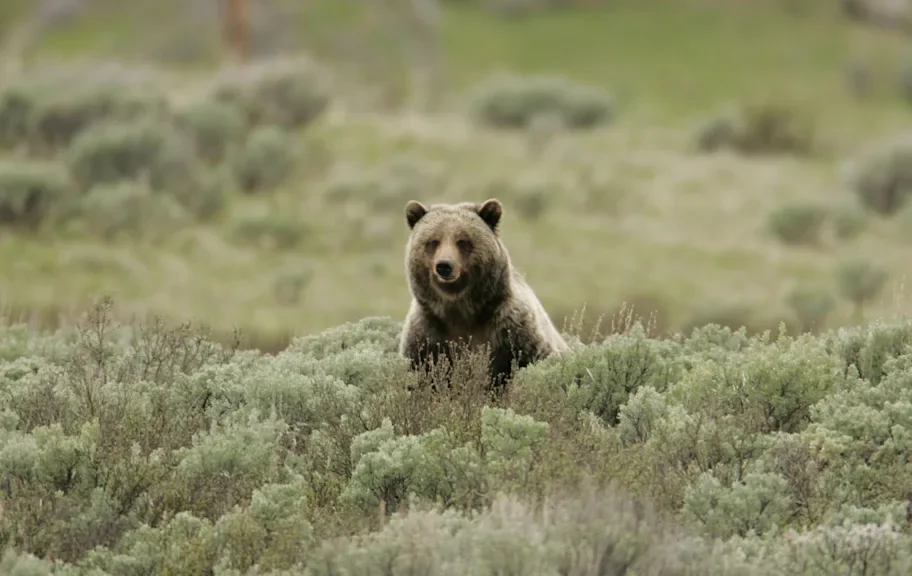
The Grizzly Bear Debate: Politics, Protection, And The Future Of Conservation
In a climate where wildlife management has become a contentious political issue, the plight of the grizzly bear epitomizes the challenges facing conservation efforts today. A recent article authored by Dr. Kelly Dunning and her team highlights the intricate dynamics at play as science, politics, and public interest collide in the debate over the Endangered Species Act (ESA) and the future of the grizzly bear.

Initially established 50 years ago with bipartisan support, the ESA aimed to protect imperiled species but has found itself mired in political strife. The case of the grizzly bear, which was classified as threatened in 1975 with a population of fewer than 1,000 individuals, appears to be a success story. Boasting a current population exceeding 700 in the Greater Yellowstone Ecosystem, the species is poised for removal from the ESA list. Yet, attempts to delist in recent years have been thwarted by legal challenges, revealing a growing schism between scientific findings and political motivations.
Dr. Dunning's study uncovers an unsettling trend: wildlife management is increasingly dictated by political discourse rather than scientific expertise. Notably, the voices of agency scientists, who historically led wildlife management, have been overshadowed by legislators and NGOs with vested interests. Elected officials like Senator John Barrasso argue forcefully for state control over grizzly management, while environmental advocates caution that premature delisting could jeopardize the species’ recovery.

The implications extend far beyond the grizzly bear. From ranchers dealing with livestock conflicts to the public caught between competing narratives, the shift towards politicization influences all facets of wildlife conservation. This trend raises important questions about the ESA’s future. As the law risks losing credibility, can it adapt to navigate the complex political landscape without compromising its foundational goals?
As Dr. Dunning suggests, it is crucial for scientists to engage in the political process to ensure that informed decisions about wildlife reflect both ecological needs and human realities. By fostering collaboration among stakeholders, like the Interagency Grizzly Bear Committee, agencies can move the conversation from the courtroom to productive management strategies.
The fate of the grizzly bear serves as a microcosm for wider conservation challenges in today’s increasingly polarized environment. If the ESA is to thrive for another half-century, it must evolve, embracing the complexities of human politics while maintaining its foundational commitment to science-driven species recovery.
As we ponder the future of conservation and the grizzly bear’s place within it, what steps do you think are necessary to maintain a balance between science and politics? We invite you to share your thoughts in the comments below.